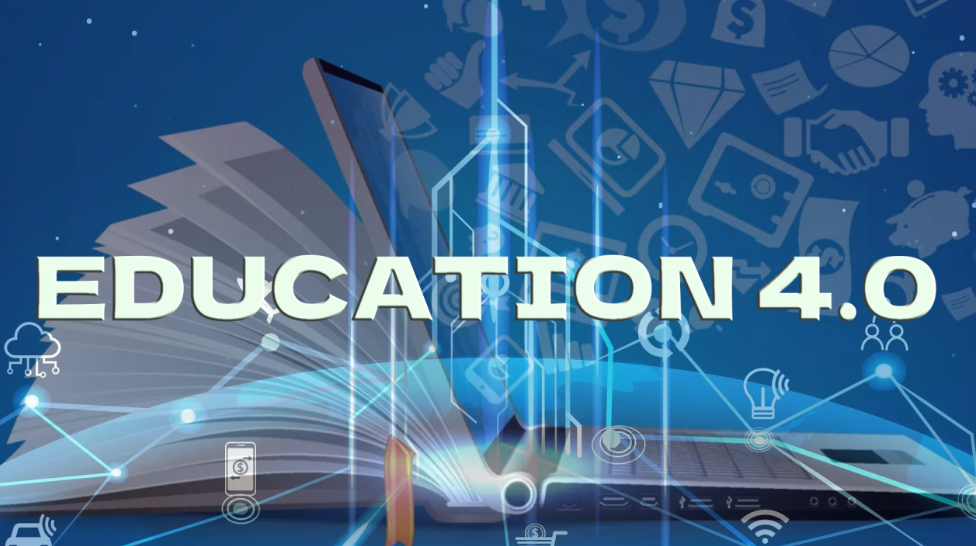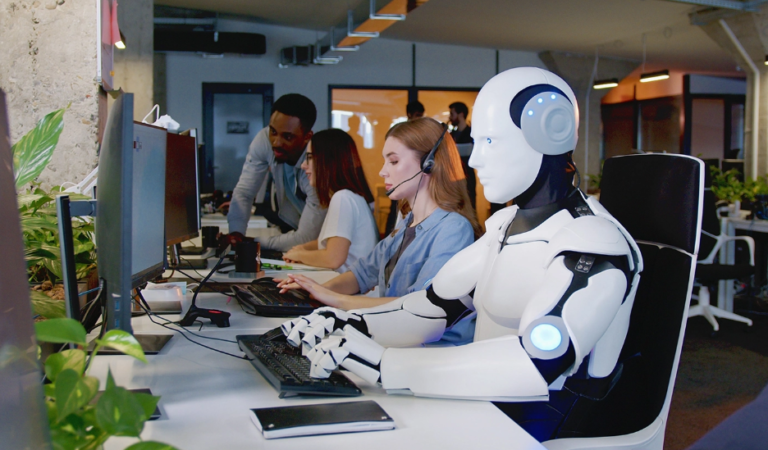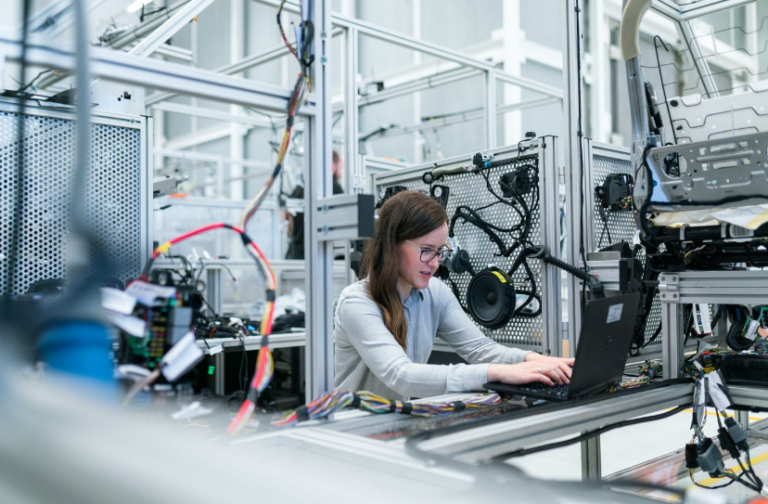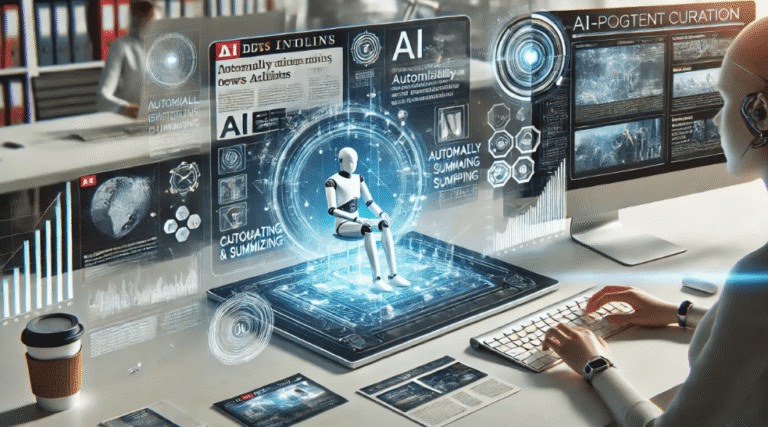Exploring the Intersection of Technology and Education: E-Learning Trends
The convergence of technology and education is driving significant changes in e-learning trends. Interactive platforms now facilitate dynamic engagement, while artificial intelligence personalizes educational pathways for diverse learners. Gamification strategies enhance motivation, and virtual reality offers immersive experiences. These innovations not only reshape traditional learning but also raise questions about their long-term impact on educational outcomes. What lies ahead as these technologies continue to evolve and redefine the classroom experience?
The Rise of Interactive Learning Platforms
How are interactive learning platforms reshaping the educational landscape?
They leverage adaptive assessments and collaborative tools to foster personalized learning experiences.
These platforms encourage student engagement, allowing learners to take control of their educational journeys.
See also: Cybersecurity: What Every Business Needs to Know to Stay Safe
The Role of Artificial Intelligence in Personalized Education
As educational institutions increasingly adopt artificial intelligence (AI), the potential for personalized education transforms from theory into practice.
AI-driven adaptive learning systems utilize data-driven insights to tailor educational experiences to individual learners’ needs. This innovative approach allows educators to address diverse learning styles and paces, fostering autonomy and engagement.
Ultimately, AI in education paves the way for more effective and inclusive learning environments.
Gamification: Making Learning Engaging and Fun
Gamification revolutionizes the educational landscape by integrating game-like elements into learning environments, thereby enhancing student engagement and motivation.
By employing game mechanics such as points, badges, and leaderboards, educators can create immersive experiences that encourage participation and persistence.
This innovative approach cultivates an intrinsic drive for learning, making education not only more enjoyable but also more impactful, ultimately fostering a deeper connection with knowledge.
The Future of Virtual and Augmented Reality in Education
What possibilities lie ahead for virtual and augmented reality (VR and AR) in education?
The integration of VR and AR technologies promises transformative virtual simulations and immersive experiences that can redefine learning landscapes.
Students might engage with complex concepts through interactive environments, fostering deeper understanding and creativity.
As educational institutions embrace these technologies, the potential for personalized and liberating learning experiences expands exponentially, liberating the classroom from traditional constraints.
Conclusion
As technology continues to weave its intricate tapestry into the educational landscape, the evolution of e-learning trends signals a renaissance in student engagement and personalized learning. The fusion of adaptive assessments, gamification, and immersive realities paints a vivid picture of a future where education is not merely a transfer of knowledge but a dynamic, tailored journey. In this brave new world, the classroom transcends its four walls, inviting learners to explore, interact, and thrive in ways previously unimaginable.







